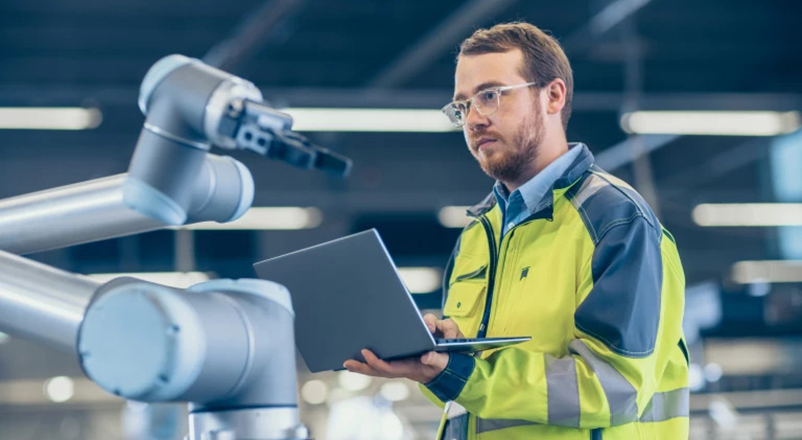
Autonomous vehicle (AV) fleets represent one of the most transformative deployment types in the Fifth Industrial Revolution (5IR). These fleets—ranging from robotaxis and shuttles to freight trucks, delivery drones, and campus vehicles—replace human drivers with AI-driven autonomy stacks. They combine sensors, compute, connectivity, and electrification to form scalable, cost-efficient, and safer mobility networks.
AV fleets bring together multiple 5IR enablers: AI models for perception and planning, edge compute for real-time decision-making, cloud connectivity for fleet coordination, and electrification for sustainable operations. Fleets are deployed across passenger, freight, and specialized domains, and are often integrated with charging hubs, logistics platforms, and city infrastructure.
▢ Robotaxis & Shuttles - Fully autonomous passenger vehicles operating as shared services. Urban transport, corporate campuses, airports.
▢ Freight & Logistics Trucks - Long-haul and middle-mile autonomous trucks. Highway freight corridors, logistics hubs, ports.
▢ Delivery Fleets - Small-scale autonomous delivery robots and drones. Last-mile parcel delivery, food delivery.
▢ Corporate & Campus Fleets - Autonomous passenger EVs for enterprises, universities, or government campuses. Employee shuttles, security patrols, intra-campus mobility.
▢ Industrial/Construction Fleets - Heavy-duty autonomous vehicles for controlled environments. Mining, construction, ports, factories.
▢ Perception - Cameras, LiDAR, radar, ultrasonic sensors.
▢ Compute - Onboard inference computers, GPUs/ASICs, edge servers.
▢ Connectivity - 5G/6G, V2X (vehicle-to-everything), satellite backup.
▢ AI Stack - Perception models, path planning, control algorithms.
▢ Fleet Management - Dispatch systems, routing optimization, charging coordination.
▢ Energy Integration - EVSE/charging depots, battery swapping, microgrid tie-ins.
▢ Safety & Compliance - Redundancy, cybersecurity, regulatory frameworks.
▢ Regulation & Liability - Varying global standards, unresolved legal frameworks.
▢ Technical Complexity - Sensor fusion, edge AI inference, and fail-safe redundancy.
▢ Public Trust - Safety perception and societal acceptance.
▢ Infrastructure Readiness - Charging hubs, V2X systems, and maintenance depots.
▢ Cybersecurity - Protecting fleets from AI or network-based attacks.